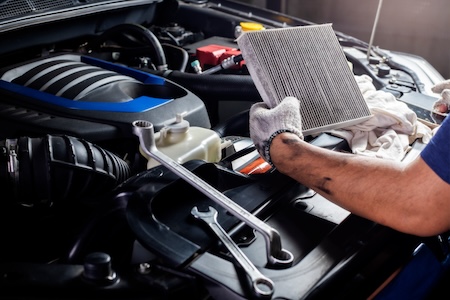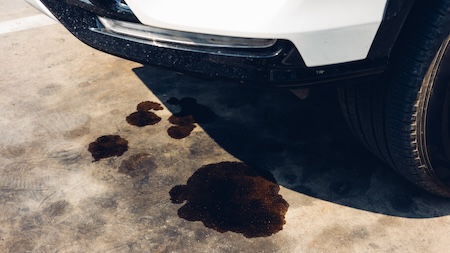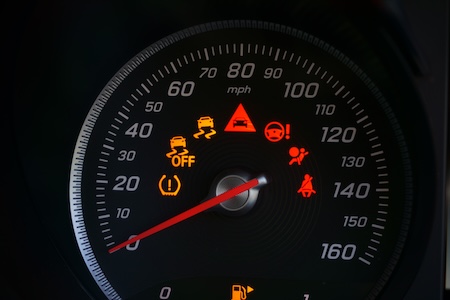Nothing is better than heading out on the open road, wind in your hair, knowing everything is working well with your car.
Until it’s not.
You feel it. A tremble in the steering wheel. A shake in your seat. Maybe the whole car is vibrating, and you’re not sure why.
Vibrations are never something to ignore. Sure, they might seem minor at first, but more often than not, they’re a sign of a bigger issue brewing beneath the surface. And in a place like Colorado—where road conditions, weather, and terrain can push cars harder than usual—those vibrations can escalate fast.
Let’s break down the top reasons your car might be vibrating and what you should do about it before it turns into an expensive repair.
Unbalanced or Misaligned Tires
Let’s start with one of the most common culprits: your tires.
If your car starts vibrating around highway speeds (typically 55–75 mph), the issue could be tire imbalance. Over time, even small differences in tire weight distribution can cause wobbling.
Similarly, if your car pulls slightly to one side or the steering wheel feels shaky, you might be dealing with poor wheel alignment or uneven tire wear.
What to do:
Bring your car in for a tire balancing and alignment check. It’s a fast, affordable service that can smooth out your ride, improve handling, and extend tire life, especially important with Denver’s potholes and rugged roadways.
Worn Brake Components
Do you feel the vibration mainly when braking? That’s a big clue.
It could mean your brake rotors are warped. Over time, excessive heat and wear can cause the rotors to lose their smooth, even surface. When you press the brake pedal, uneven contact causes shaking.
What to do:
We’ll inspect your brake system, including pads, rotors, and calipers. Catching brake wear early can prevent more serious (and costly) damage down the line, and keep you safe on those mountain descents.
Damaged Suspension or Steering Parts
Does your car feel like it’s vibrating or knocking when you hit a bump? That could point to worn suspension components like:
- Ball joints
- Tie rods
- Struts or shocks
Denver roads aren’t gentle, especially after winter. All that salt, gravel, and bouncing over frost heaves can wear out your suspension faster than in more moderate climates.
What to do:
A quick suspension check can reveal worn parts that may be compromising your car’s stability. If left alone, this can affect steering control and lead to dangerous handling, especially in wet or snowy conditions.
Engine or Transmission Problems
Here’s where things get a bit more serious. If your car is vibrating at idle—when you’re parked or stopped at a red light—that’s usually a sign of engine trouble.
Possible causes include:
- Worn engine mounts
- Dirty fuel injectors
- Spark plug issues or misfiring
- Transmission mounts or internal problems
You might also notice a drop in power, stuttering acceleration, or poor fuel economy. That’s your engine crying for help.
What to do:
Don’t wait. Engine or transmission-related vibrations should be inspected right away. Small issues can quickly spiral into expensive repairs. Our techs can run diagnostics and get to the root of the problem fast.
Axle or Driveshaft Damage
If your car was recently in a fender bender, or you’ve had a run-in with a curb, you might have damaged your axle or driveshaft.
Bent axles or imbalanced driveshafts can cause serious vibrations, especially when accelerating. These vibrations often start small but intensify with speed or over time.
What to do:
If the vibration changes depending on how fast you’re going or gets worse when turning or accelerating, let us check the drivetrain. Waiting can lead to full axle failure and dangerous handling.
Worn or Loose Wheel Bearings
Wheel bearings allow your wheels to spin freely while staying firmly attached to the vehicle. When they start to wear out, you might feel vibration, hear grinding noises, or even experience wheel wobble.
In some cases, vibrations from a failing wheel bearing can feel like a flat tire—or worse, lead to a wheel coming off.
What to do:
Have your bearings inspected at the first sign of vibration or noise. Denver’s rough roads and seasonal changes can put a lot of stress on these components.
Issues With Tires Themselves
It might not be your suspension or drivetrain—it could just be the tires.
Look for:
- Uneven wear
- Flat spots (especially if your car sat parked for a while)
- Low tire pressure
- Out-of-round tires due to a manufacturing defect
Sometimes, even brand-new tires can cause vibration if they weren’t mounted properly.
What to do:
Check your tire pressure and inspect for visible damage. If everything looks good but the vibration remains, we’ll rotate and balance the tires or recommend replacements if necessary.
When to Bring It In
So when should you worry about that car vibration? Here’s a simple rule:
If you can feel it, it’s worth checking out.
Even if it seems small now, vibrations rarely stay small. And they usually mean something is wearing out, loosening up, or falling out of balance.
The sooner you catch it, the easier—and more affordable—it is to fix.
Why Denver Drivers Shouldn’t Wait
Living and driving in Colorado puts extra pressure on your vehicle. Between the elevation, extreme temperatures, hilly terrain, and rough city roads, your car works harder here than it would elsewhere.
Vibrations are your car’s way of telling you something’s off. And if you ignore the message? You could be in for a costly repair, or worse, an unsafe situation on the road.
We’ve been helping Denver drivers stay safe and smooth for years. We’re a family-owned, independent shop, which means we treat your car like it’s our own.
When you bring your car in for vibration issues, we’ll:
- Take it for a test drive
- Inspect the suspension, tires, and drivetrain
- Run diagnostics if needed
- Walk you through exactly what’s going on—no upsells, no pressure
We’re here to help you fix it fast, fix it right, and keep your car performing the way it should.
Feeling a Shake? We’ll Take a Look
If your car is vibrating and you’re not sure why, don’t wait for it to get worse. Let’s take a look and figure out what’s behind the shake, before it turns into a bigger issue.
Schedule your inspection today. We’ll get you back on the road, smooth and confident.










